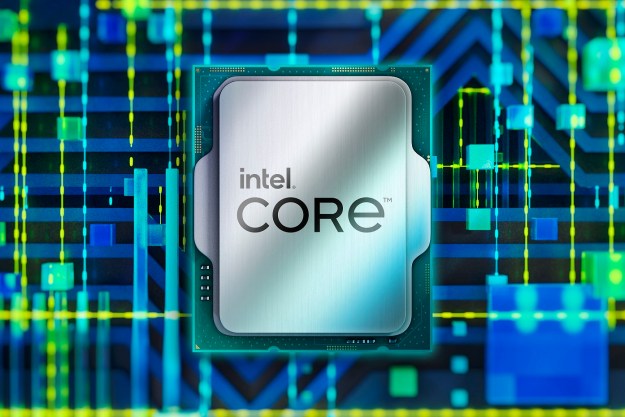Earlier this year, leaked documents showed that Intel would not be able to make the move to a new, smaller production process with its next generation of Core processor, as was previously anticipated. Instead, it would design another line, codenamed Kaby Lake – now properly titled 7th Generation Core – built on existing 14nm production.
Now, we know the details.
Intel’s 7th-generation Core processor will, like the previous versions, cover a wide range of use cases. There will be chips with a thermal design power as low as 4.5 watts for super-slim laptops, desktop quad-cores unlocked for overclocking, and everything in between.
The 7th-gen Core is a not a new production process or architecture. Intel has only tweaked the existing design.
With that said, the launch of 7th-generation Core will focus on mobile. Intel says the first examples will appear in updated laptops as early as September of this year. Over 100 updated designs with 7th-gen Core chips inside will show up between then and the end of 2016.
In January, presumably at CES 2017, Intel will unleash desktop chips, mobile quad-cores, its more powerful mobile dual-cores, and processors that support vPro. That should result in over 350 additional designs hitting the market in the first few months of 2017.
Realistically, this means it’s unlikely the laptop you’ve been considering will be updated before 2017, unless it’s a high-end device. In the past, similar gradual rollouts have always hit laptops priced above $1,000 first before trickling down to low-end devices.
So, what’s new? Not as much as you might hope. The 7th-generation Core is a not a new production process, nor a new architecture. Intel has only tweaked the existing design. As a result, Intel quotes a 12 percent improvement over the 6th-gen Core in general productivity, using a Core i7-6500U and Core i7-7500U as the basis of comparison. Intel says the improvement can run as high as 19 percent in web browsing benchmarks.
- 1. 7th Gen Intel Core U-series
- 2. 7th Gen Intel Core U-series
- 3. 7th Gen Intel Core Y-series
- 4. 7th Gen Intel Core Y-series
Intel’s also adding a feature it calls the New Media Engine. This is a dedicated section of execution units based off the company’s “Gen9” integrated graphics hardware. These EUs are reserved for decoding video, including HEVC and VP9. The goal is to improve playback and editing of 4K content by moving most the load it brings to the new, specialized hardware.
Most of Intel’s 6th-gen Core line-up had no problem with 4K, particularly when it came to video playback. But a demo at Intel’s Developer Forum in San Francisco showed a 7th-generation Core playing back a
Or the extra headroom can be used for nothing at all. Intel says that laptops with 7th-gen Core will be able to produce “all-day” battery life when playing 4K video. The 6th-gen Core, without specialized hardware, sucks down battery when asked to deal with
Unfortunately, battery life improvements only apply to 4K video playback and editing. Otherwise, Intel says there will be no difference in battery life between the 6th-generation and 7th-generation Core. That may be a first – we certainly can’t recall Intel ever introducing a new mobile CPU that didn’t improve endurance over its predecessor.
It’s also worth noting that, in line with previous confirmation from Microsoft, the Kaby Lake chips won’t support versions of Windows older than Windows 10. Skylake chips will only support Windows 7, 8, and 8.1 through the end of 2018, after which time they’ll stop receiving security updates, so this isn’t much of a surprise.
Aside from the New Media Engine, there is no major change to the graphics used in 7th-geneation Core. Intel expects the performance improvement in its IGP to be on par with its improvement in CPU productivity performance – or, about 12 percent better than 6th-gen Core.
On a final note, Intel has decided to change Core’s branding. The Core M brand, previously used to mark its power-sipping models, will now be reserved only for the least powerful examples. Chips with a 4.5-watt thermal design power will be known as Core i5 or i7, if “they perform like a i7.”
Look for Intel’s 7th-generation Core in a laptop near you soon.
Editors' Recommendations
- 4 CPUs you should buy instead of the Intel Core i9-13900K
- Intel’s Core Ultra CPUs are more Apple, less AMD
- Yet another disappointment about Intel’s next chips may be true
- Intel Raptor Lake breaks the 6GHz barrier, and it’s not even the flagship
- Intel Raptor Lake could deliver a 60% performance upgrade, but there’s a catch






